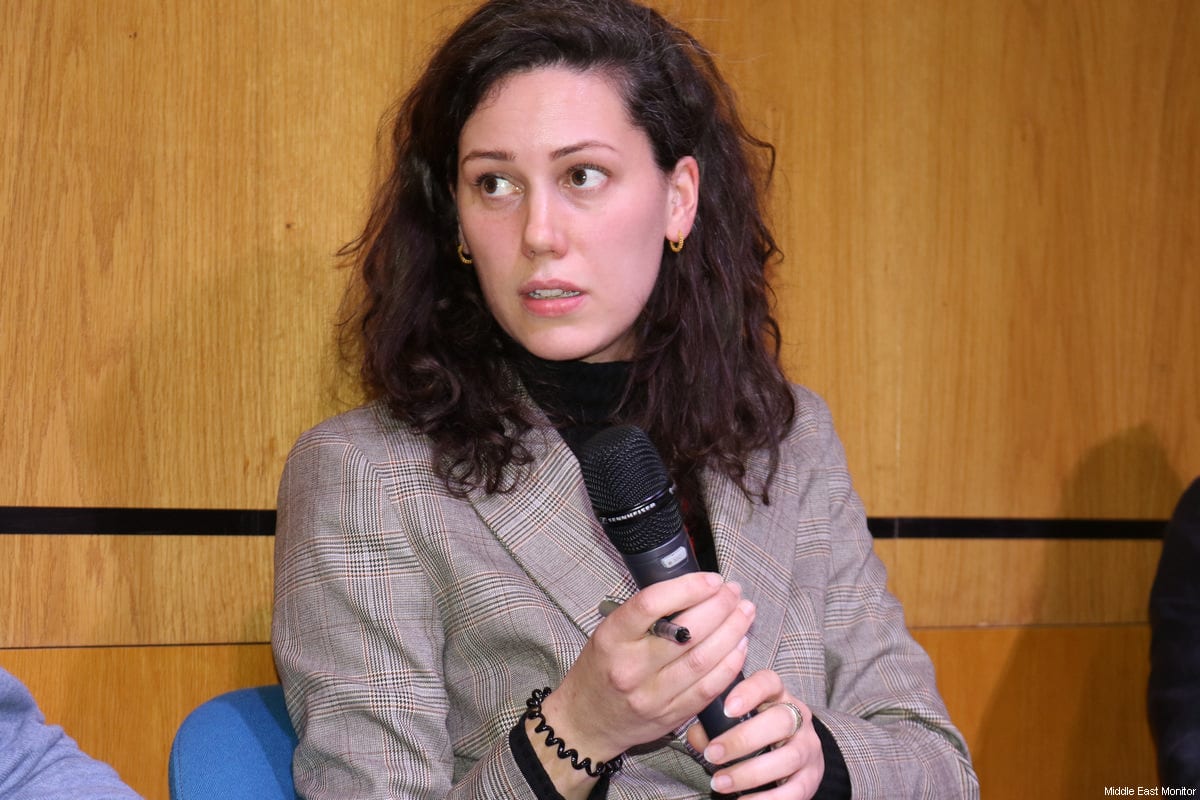What Israel thinks Hamas is, and what the reality is, is more of an abyss than a gap, according to Gaza correspondent Shlomi Elder who reports for Channel 10 News in Israel. His book, ‘Getting to Know Hamas’, attempts to close this divide and explain the real thinking behind Hamas and Israel’s outlook against the movement.
In a detailed review of Elder’s book by Zvi Bar’el in Haaretz this week, attention is drawn to ‘ Hamas and Israel: Peaceful Coexistence’, a document written by the political head of Hamas, Khaled Meshaal, and published for the first time in Elder’s book. It was penned and sent to Ehud Olmert in 2006, Israeli Prime Minister at the time that Palestinian militants kidnapped Israeli soldier Gilad Shalit.
The Hamas document proposed a dialogue with Israel, steps to be taken towards a cease-fire and improved trust between the two. The steps taken would allow Hamas and Israel to co-exist in harmony for twenty-five years, and for a Palestinian state to be established according to the 1967 borders. The need for co-operation with particular reference to civilians, such as opening the border crossings, was stressed.
But Olmert failed to recognise the existence of the document and his rebuff would form an essential part of Hamas’s thinking; Bar’el commented, “that Israel does not recognise and does not want to get to know.”
Building cooperation with Israel is a signature of Meshaal’s career. In the midst of the reconciliation meeting this year between Hamas and Fatah, he advocated that talks between Israel and the Palestinian Authority should not be abandoned. But this has not been without causing controversy from within along the way.
Hamas leader Mahmoud Zahar believed that Meshaal’s actions were disloyal to the resistance movement and so he “spread the word that [Meshaal’s] days as political chief were numbered”. Splinters were also revealed over the kidnapping of Gilad Shalit; the Hamas leadership in Damascus and, most likely, in Gaza were unaware of the abduction as a version of the peaceful cooperation document sent to Israel was still pending.
The kidnapping was carried out despite the opposition of the political leadership of Hamas; such a disagreement between members of the same party highlights internal divisions within the movement, rather than the united facade Israel prefers to foster. The rift destroyed the notion that Hamas is a monolithic terrorist group.
Sadly, Israel’s misunderstanding of Hamas is by no means a recent phenomenon. Prior to the first intifada in 1987, Israel essentially accepted Hamas when it suited to counterbalance the power of Fatah and Yasser Arafat who was the recognised Palestinian leader at the time. Yet instead of creating a division as Israel had hoped, the intifada itself displayed a front between the parties. To Israel’s further dismay, Fatah did not win the 2006 elections, as was confidently expected; Hamas did.
As well as highlighting just how far Israel had misunderstood Hamas, and the mood of the Palestinian people, the group’s democratic election victory marked the beginning of an isolation policy. Through tactics such as the Israeli blockade on the Gaza Strip Israel hoped to weaken Hamas and encourage Palestinian civilians to take their support elsewhere.
Judging by opinion polls towards Hamas, though, so far Israel’s policy hasn’t worked. Perhaps a reading of Shlomi Elder’s book will help close this abyss in understanding.
Follow Amelia on Twitter: @amyinthedesert
The views expressed in this article belong to the author and do not necessarily reflect the editorial policy of Middle East Monitor.








